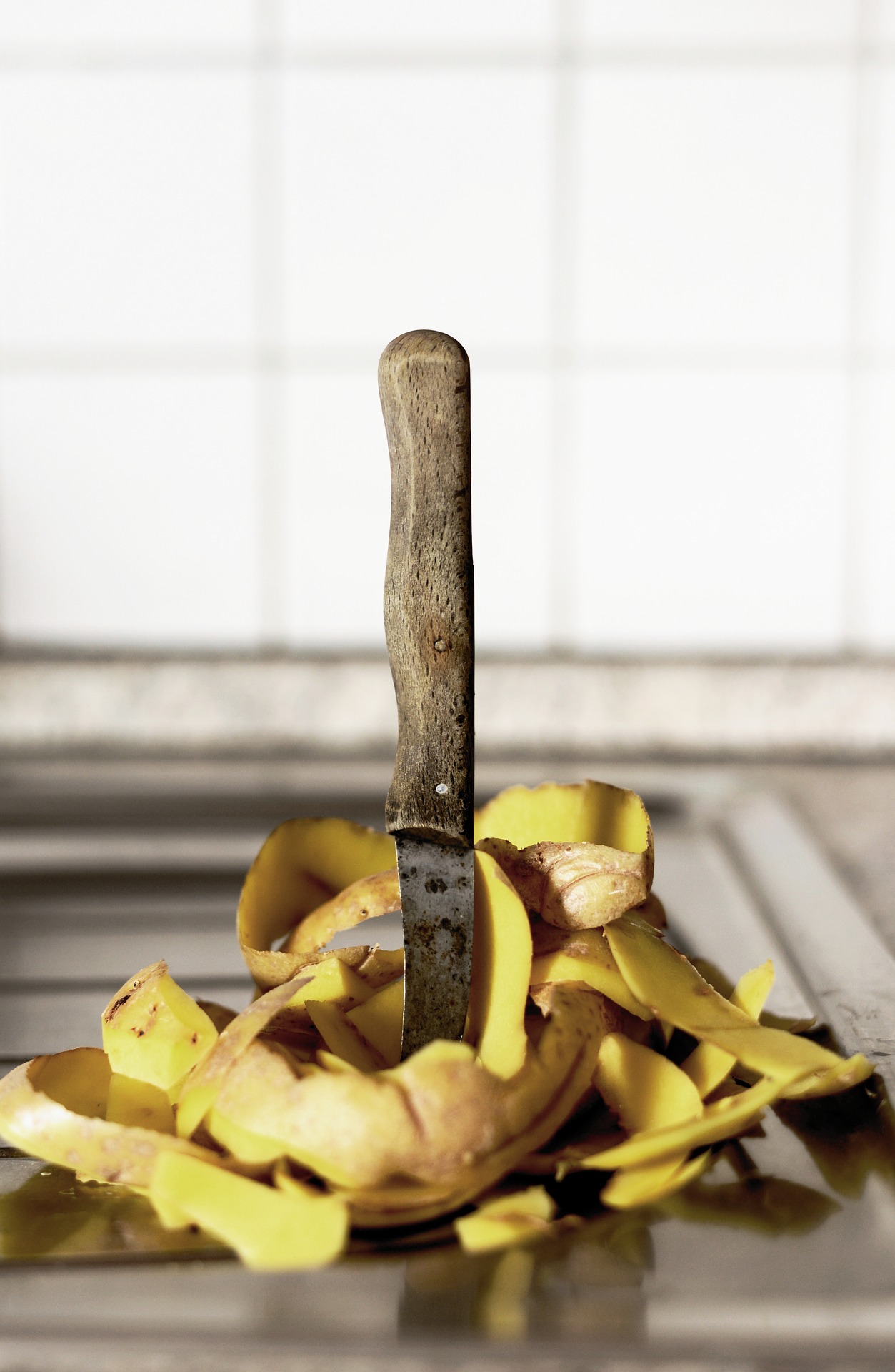
Resources for Preventing Food Waste
The United States has set a goal to reduce food waste by 50% by 2030. Right now, about 40% of all food goes to waste. That equals about 108 billion pounds of food worth around $161 billion going into the trash each year. Each person will have a part to play in reducing food waste. Luckily, reducing each individual's or family's waste will reward them in multiple way. Not only does reducing waste help protect the environment, but it also helps each person save money by actually using what they purchased.
At the Grocery Store
Preventing waste starts with what comes into the house. Before leaving for the store, decide what breakfasts, lunches, dinners, and snacks will be eaten over the next week. Check the refrigerator and pantry for items already owned and prioritize using those first.
- Stick to your list at the grocery store. By sticking to the plan, there's a better chance that everything purchased will be used.
- Buying in bulk can be a great way to save money and reduce trips to the store, but make sure that bulk items can be safely stored and used before they go bad.
- Consider buying ugly produce. Ugly produce has physical flaws but is still fresh, healthy food that typically gets thrown away just because it doesn't meet appearance standards.
When Dining Out
Most people enjoy eating out. However, eating out can also add to a person's overall food waste. There are several easy-to-adopt strategies to minimize food waste when enjoying a meal out.
- Order smaller portions. Consider ordering an appetizer instead of a full entree. Some restaurants also offer half-portions or lunch-sized entrees instead of full dinner-sized meals.
- Take home your leftovers, and make sure they get eaten by making a plan to have them for lunch or dinner the next day.
- If you're heading to a restaurant in the middle of a busy day, have a cold pack and insulated bag in the car so that leftovers can be safely stored until they make it to your refrigerator.
In the Kitchen
Maintaining good safety procedures in the kitchen helps prolong the life of the food stored there. Often, food is tossed into the trash because it was forgotten about and spoiled before anyone could enjoy it. A few basic tweaks can cut out this sort of waste.
- Check the temperature of the refrigerator and freezer. The refrigerator should be set at 40°F or below, while the freezer should be set at 0°F.
- Have a designated spot in the fridge and on the counter for fresh food that's nearing the end of its usable life so that everyone knows to eat those things first.
- Rotate items so that the oldest foods are in the front and the newest in the back.
- Use the freezer for things that can be safely frozen to prevent spoilage.
- Go through the fridge and pantry every couple of days to make sure that things are being used up.
- If you have more food than you can use before it goes bad, give it to a friend or donate it to a local food pantry.
Cooking and Enjoying Food at Home
Focusing on reducing waste shouldn't reduce the enjoyment gotten from cooking, eating, and entertaining. Actually, people who involve their family members and housemates will be more successful in reducing food waste long term.
- Have a place where everyone in the house can list food that needs to be eaten, whether it's an extra serving of dinner, a half-pan of brownies, or some bananas that won't keep for much longer.
- Be creative when it comes to using up leftovers and food that will go bad soon. Have competitions to see who can come up with the best remade dishes.
- Make sure to label leftovers and anything that goes into the freezer so everyone knows exactly what it is and when it was stored.
- When having people over, tell them to bring food storage containers so they can take home leftovers.
Further Reading
By HowLongToCook.org

